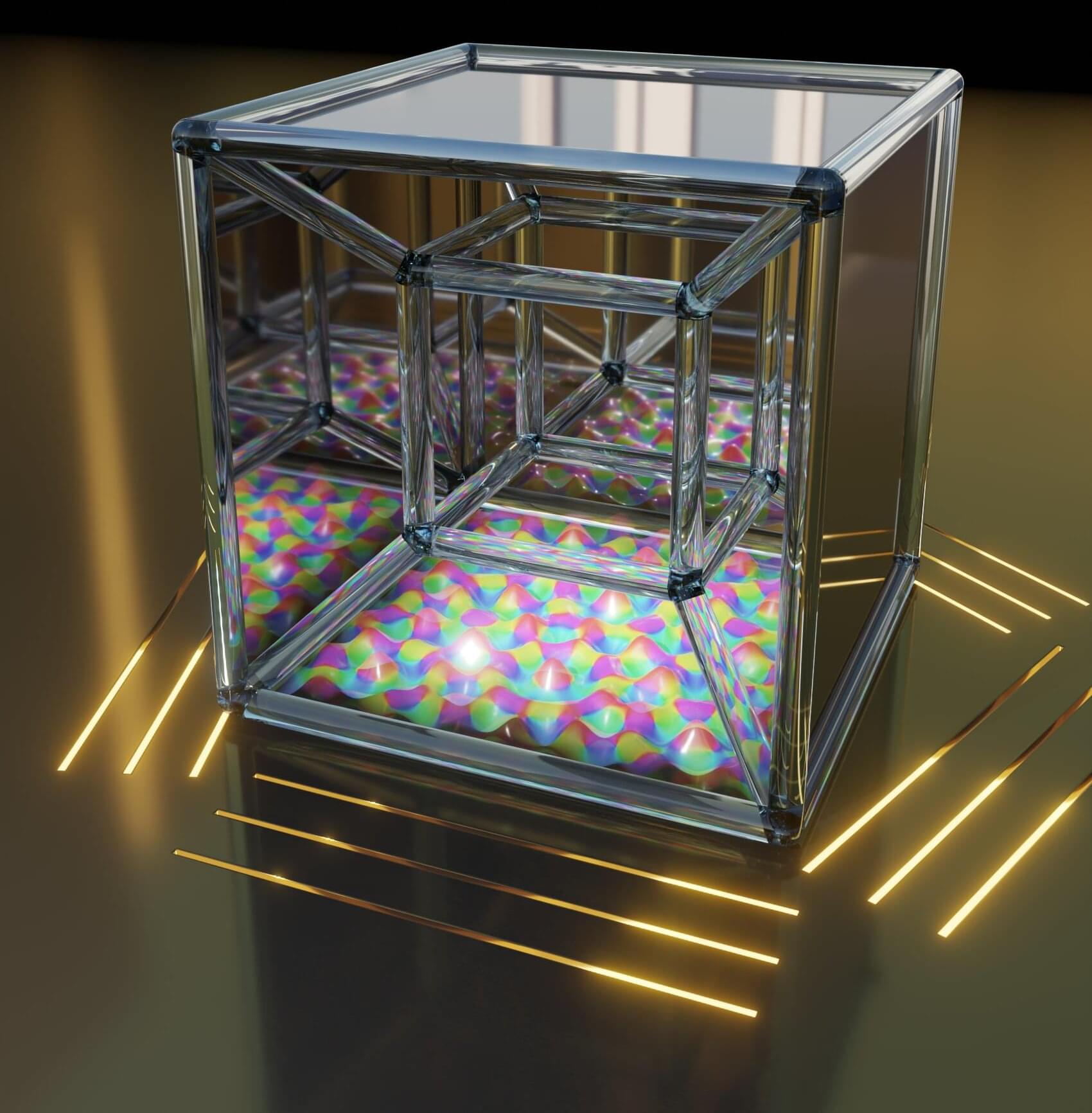In April 1982, Prof. Dan Shechtman of the Technion–Israel Institute of Technology made the discovery that would later earn him the 2011 Nobel Prize in Chemistry: the quasiperiodic crystal. According to diffraction measurements made with an electron microscope, the new material appeared “disorganized” at smaller scales, yet with a distinct order and symmetry apparent at a larger scale.
This form of matter was considered impossible, and it took many years to convince the scientific community of the discovery’s validity. The first physicists to theoretically explain this discovery were Prof. Dov Levine, then a doctoral student at the University of Pennsylvania and now a faculty member in the Technion Physics department, and his advisor, Prof. Paul Steinhardt.
The key insight that enabled their explanation was that quasicrystals were, in fact, periodic—but in a higher dimension than the one in which they exist physically. Using this realization, the physicists were able to describe and predict mechanical and thermodynamic properties of quasicrystals.
